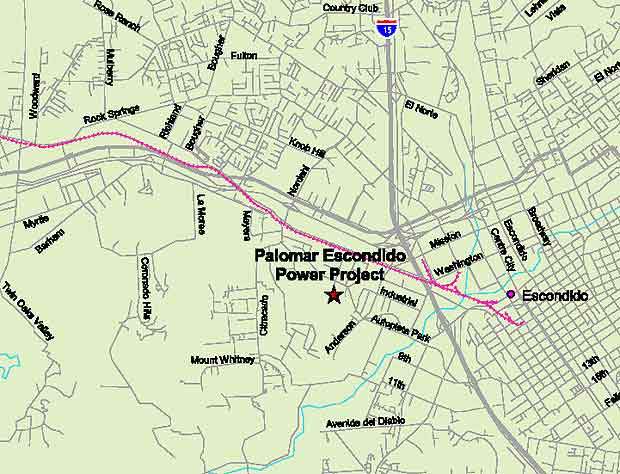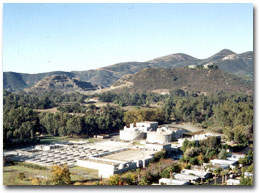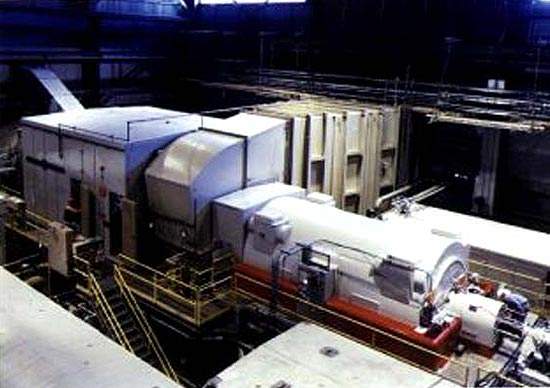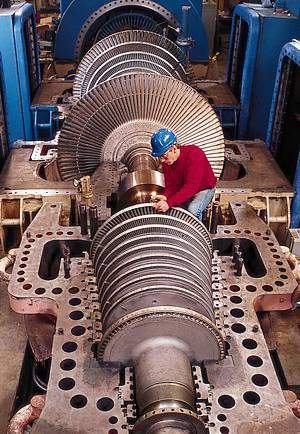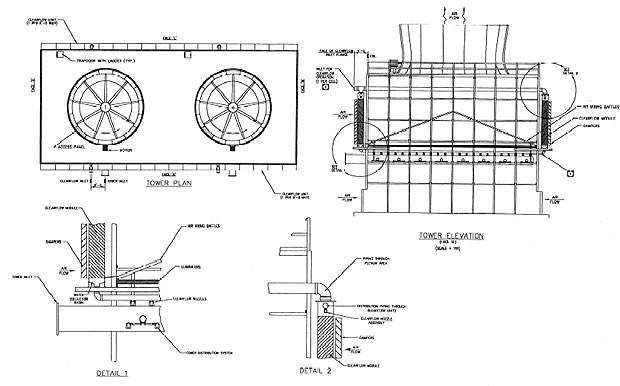The Escondido Research and Technology Centre (ERTC) and 550MW power plant covers 20 acres (8 hectares) of the associated 186-acre (75 hectare) business park. Sempra cooperated with JRMC Real Estate on the project, which cost around $410m. The natural gas is being sourced from the San Diego Gas and Electric (SDG&E) Company. This is another subsidiary of Sempra Energy Resources, which will eventually own the plant.
The plant was built because California suffered massive power shortages in 2000, and expected more severe problems in 2004–05.
There was trepidation as private and state-owned companies were unsure of who would address this problem, and the state was unwilling to sponsor new – especially fossil fuel-run – facilities.
One of the companies introducing new solutions was Palomar Energy LLC, a wholly owned subsidiary of Sempra Energy Resources, at a site north of San Diego.
The project formed part of Sempra’s $7bn contract with the California Department of Water Resources for 1,900MW. The plant was completed in 2006, and is planned to operate for 30 years.
ESCONDIDO TIMESCALE
The idea for the new plant came about in May 2000 at the midst of the power shortages, when it became apparent that the San Diego valley had an even higher deficit than elsewhere. The generation plant had to be positioned centrally in the load pocket of the power grid to ensure that transmission was possible. It also had to be located near the SDG&E transmission lines to reduce disruption to the feedstock.
In November 2001, the application for construction and operation was filed at the California Energy Commission (CEC). The CEC approved the application in February 2002, and plans and contracts continued throughout the year. Construction eventually started in 2004, is continuing for 21 months, and was completed in 2006. The plant generates enough power for approximately 550,000 homes.
EMISSION CONTROLS
The main pollutants from any CCGT are nitrogen oxides. The system used at the Palomar plant only produces 2ppm (parts per million) of nitrogen oxides (NOx) in comparison to the 40ppm of plants 20 years ago. This is reduced through the use of a selective catalytic reduction process using aqueous ammonia.
The carbon monoxide levels are 4ppm, which again is significantly lower than other power plants in the US. Other controlled emissions include volatile organic compounds, fine particle matter and sulphur dioxide.
WATER RECOVERY
The reclaimed water comes from the Hale Avenue Resource Recovery Facility through a 1.1-mile, 16in (1.8km, 41cm) pipeline made of PVC. The reclaimed water is used in the circulating systems, the heat generators, the coolers, potable water and in fire protection. The plant uses around 3.6 million gal/day (10,000m³/day), and will have a reserve storage tank of 730,000gal (2,800m³). Once the water has been used, the brine water from the cooling tower blowdown is returned through an 8in (20cm) pipe.
The business park is owned by JRMC and will be quite near inhabited areas. The company therefore lowered the gradation of the power generation plant and used the fill to form a ridgeway between the residences and the park.
CGT POWER PLANT TECHNOLOGY
The system uses two single-shaft combustion gas turbines (CGT) with a hot exhaust of over 1,100°C. The turbines are made by GE Power Systems and will have dry low NOx combustors and evaporative inlet air coolers. The plant will also use natural gas duct burners in the two heat recovery steam generators.
The thermal energy then generates steam, which runs through the steam-fired turbine generator. The steam turbine generators are equipped with associated auxiliary systems and equipment, including a steam admission system, generator coolers and metal acoustical enclosures. The steam is evaporated through a 110ft (33m) plume-abated mechanical draft cooling tower.
PLUME ABATEMENT SYSTEM AND COOLING TOWER
Marley-SPX supplied a plume abatement system on the mechanical draft cooling tower (GEA, Hamon, Balcke Durr and Psychromatic also competed for the contract).
Sempra required the tower to have a design duty of 1,250MM Btu/hr; a water supply temperature of 90°F (32°C); a water return temperature of 110°F (43°C); and a maximum plume abatement design point of 52°F (11°C) or 73% humidity.
FUEL SUPPLY AND USE
SDG&E has a natural gas pipeline located directly next to the plant, which will fuel it until a 2,600ft (790m) segment has been built to relieve the bottleneck. SDG&E has built the replacement 16in pipeline. It also has an existing transmission line adjacent to the site that will connect to a 230kV switchyard that supplies power to the CTGs.
The fuel requirements for operation are between 3,444 and 3,803 million Btu/hr (1.0 to 1.1 million kWh). Prior to entering the CTG system, the gas will flow through a pressure station, a quality flow meter, filtering equipment and two electric compressors.

